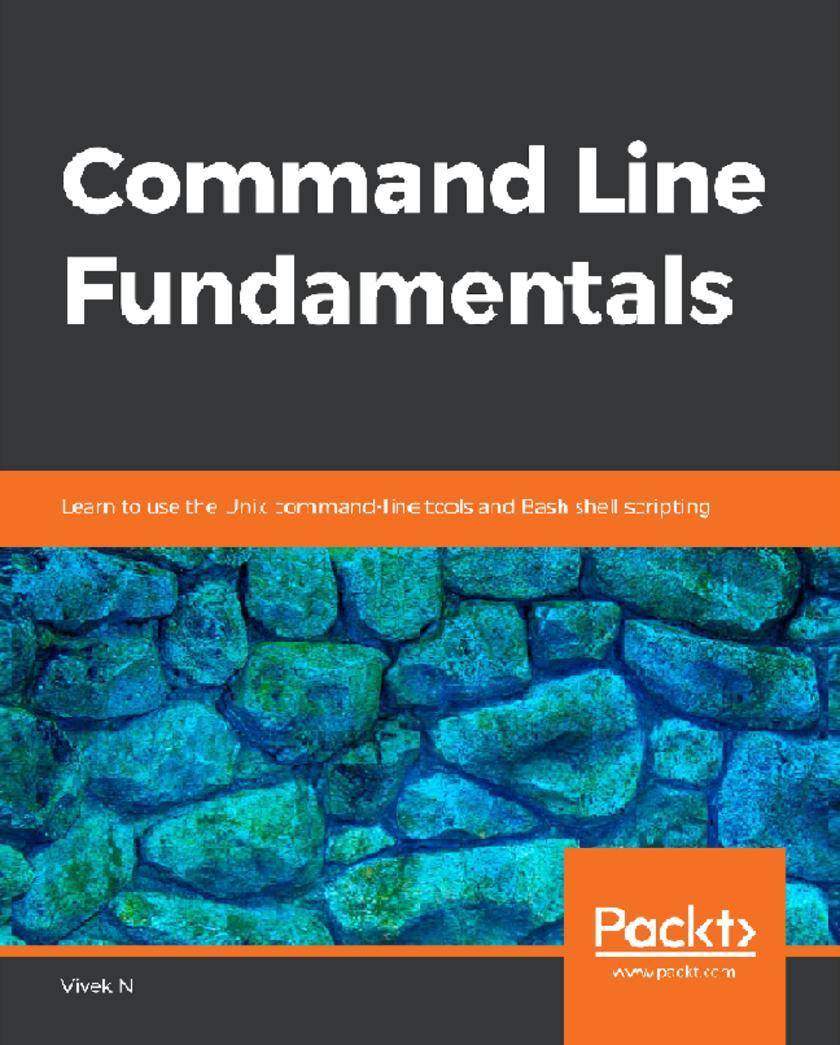
Command Line Fundamentals
¥63.21
Master shell basics and Unix tools and discover easy commands to perform complex tasks with speed Key Features *Learn why the Bash shell is widely used on Linux and iOS *Explore advanced shell concepts, such as pipes and redirection *Understand how to use Unix command-line tools as building blocks for different tasks Book Description The most basic interface to a computer—the command line—remains the most flexible and powerful way of processing data and performing and automating various day-to-day tasks. Command Line Fundamentals begins by exploring the basics, and then focuses on the most common tool, the Bash shell (which is standard on all Linux and iOS systems). As you make your way through the book, you'll explore the traditional Unix command-line programs as implemented by the GNU project. You'll also learn to use redirection and pipelines to assemble these programs to solve complex problems. By the end of this book, you'll have explored the basics of shell scripting, allowing you to easily and quickly automate tasks. What you will learn *Use the Bash shell to run commands *Utilize basic Unix utilities such as cat, tr, sort, and uniq *Explore shell wildcards to manage groups of files *Apply useful keyboard shortcuts in shell *Employ redirection and pipes to process data *Write both basic and advanced shell scripts to automate tasks Who this book is for Command Line Fundamentals is for programmers who use GUIs but want to understand how to use the command line to complete tasks faster.
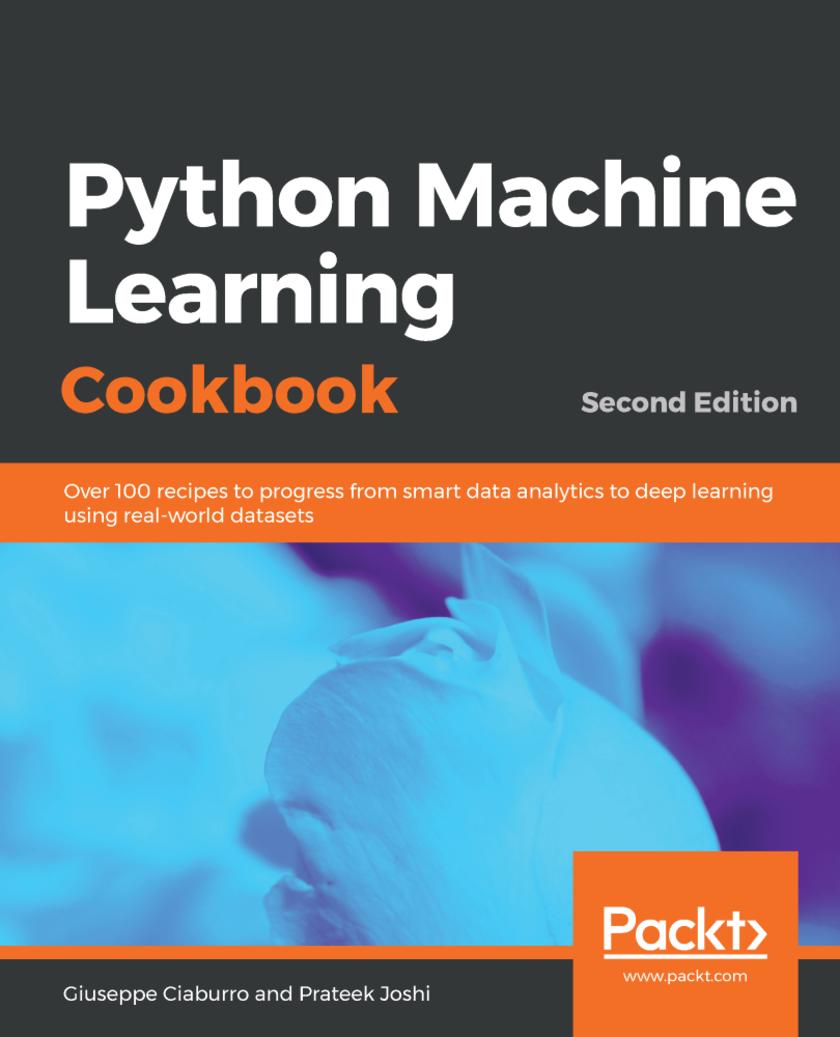
Python Machine Learning Cookbook
¥63.21
Discover powerful ways to effectively solve real-world machine learning problems using key libraries including scikit-learn, TensorFlow, and PyTorch Key Features * Learn and implement machine learning algorithms in a variety of real-life scenarios * Cover a range of tasks catering to supervised, unsupervised and reinforcement learning techniques * Find easy-to-follow code solutions for tackling common and not-so-common challenges Book Description This eagerly anticipated second edition of the popular Python Machine Learning Cookbook will enable you to adopt a fresh approach to dealing with real-world machine learning and deep learning tasks. With the help of over 100 recipes, you will learn to build powerful machine learning applications using modern libraries from the Python ecosystem. The book will also guide you on how to implement various machine learning algorithms for classification, clustering, and recommendation engines, using a recipe-based approach. With emphasis on practical solutions, dedicated sections in the book will help you to apply supervised and unsupervised learning techniques to real-world problems. Toward the concluding chapters, you will get to grips with recipes that teach you advanced techniques including reinforcement learning, deep neural networks, and automated machine learning. By the end of this book, you will be equipped with the skills you need to apply machine learning techniques and leverage the full capabilities of the Python ecosystem through real-world examples. What you will learn * Use predictive modeling and apply it to real-world problems * Explore data visualization techniques to interact with your data * Learn how to build a recommendation engine * Understand how to interact with text data and build models to analyze it * Work with speech data and recognize spoken words using Hidden Markov Models * Get well versed with reinforcement learning, automated ML, and transfer learning * Work with image data and build systems for image recognition and biometric face recognition * Use deep neural networks to build an optical character recognition system Who this book is for This book is for data scientists, machine learning developers, deep learning enthusiasts and Python programmers who want to solve real-world challenges using machine-learning techniques and algorithms. If you are facing challenges at work and want ready-to-use code solutions to cover key tasks in machine learning and the deep learning domain, then this book is what you need. Familiarity with Python programming and machine learning concepts will be useful.
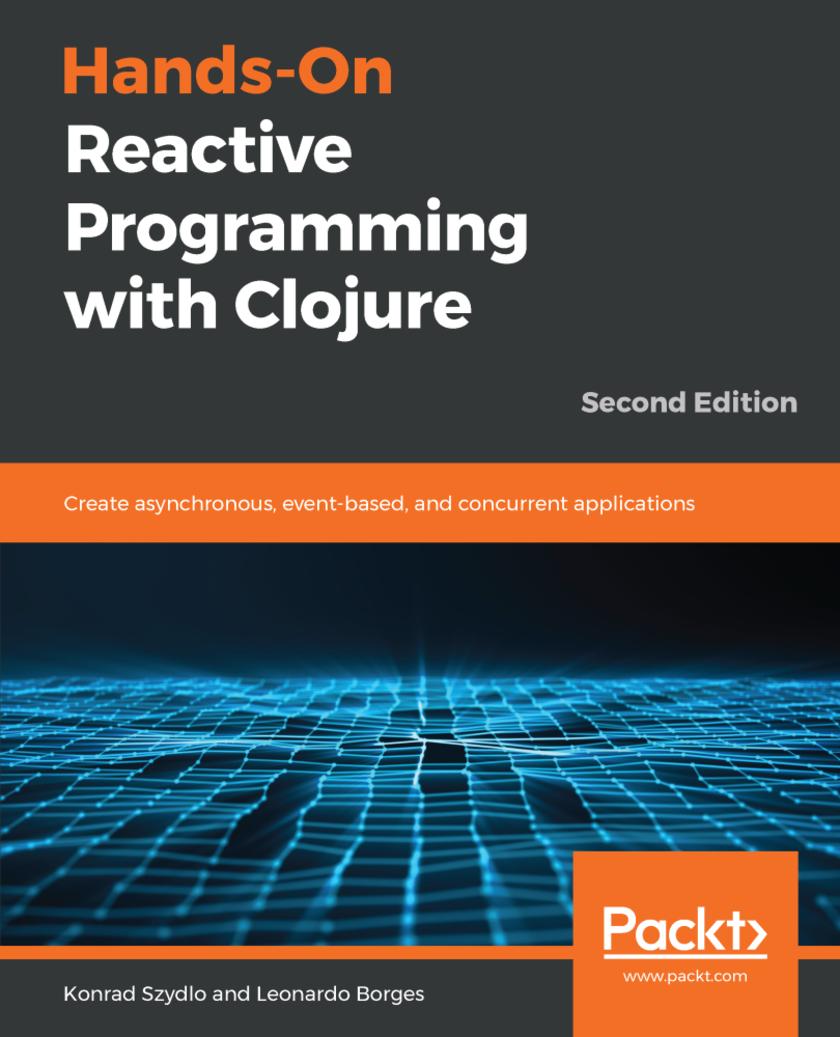
Hands-On Reactive Programming with Clojure
¥63.21
Learn how to use RxClojure to deal with stateful computations Key Features * Leverage the features of Functional Reactive Programming using Clojure * Create dataflow-based systems that are the building blocks of Reactive Programming * Use different Functional Reactive Programming frameworks, techniques, and patterns to solve real-world problems Book Description Reactive Programming is central to many concurrent systems, and can help make the process of developing highly concurrent, event-driven, and asynchronous applications simpler and less error-prone. This book will allow you to explore Reactive Programming in Clojure 1.9 and help you get to grips with some of its new features such as transducers, reader conditionals, additional string functions, direct linking, and socket servers. Hands-On Reactive Programming with Clojure starts by introducing you to Functional Reactive Programming (FRP) and its formulations, as well as showing you how it inspired Compositional Event Systems (CES). It then guides you in understanding Reactive Programming as well as learning how to develop your ability to work with time-varying values thanks to examples of reactive applications implemented in different frameworks. You'll also gain insight into some interesting Reactive design patterns such as the simple component, circuit breaker, request-response, and multiple-master replication. Finally, the book introduces microservices-based architecture in Clojure and closes with examples of unit testing frameworks. By the end of the book, you will have gained all the knowledge you need to create applications using different Reactive Programming approaches. What you will learn * Understand how to think in terms of time-varying values and event streams * Create, compose, and transform observable sequences using Reactive extensions * Build a CES framework from scratch using core.async as its foundation * Develop a simple ClojureScript game using Reagi * Integrate Om and RxJS in a web application * Implement a reactive API in Amazon Web Services (AWS) * Discover helpful approaches to backpressure and error handling * Get to grips with futures and their applications Who this book is for If you’re interested in using Reactive Programming to build asynchronous and concurrent applications, this is the book for you. Basic knowledge of Clojure programming is necessary to understand the concepts covered in this book.
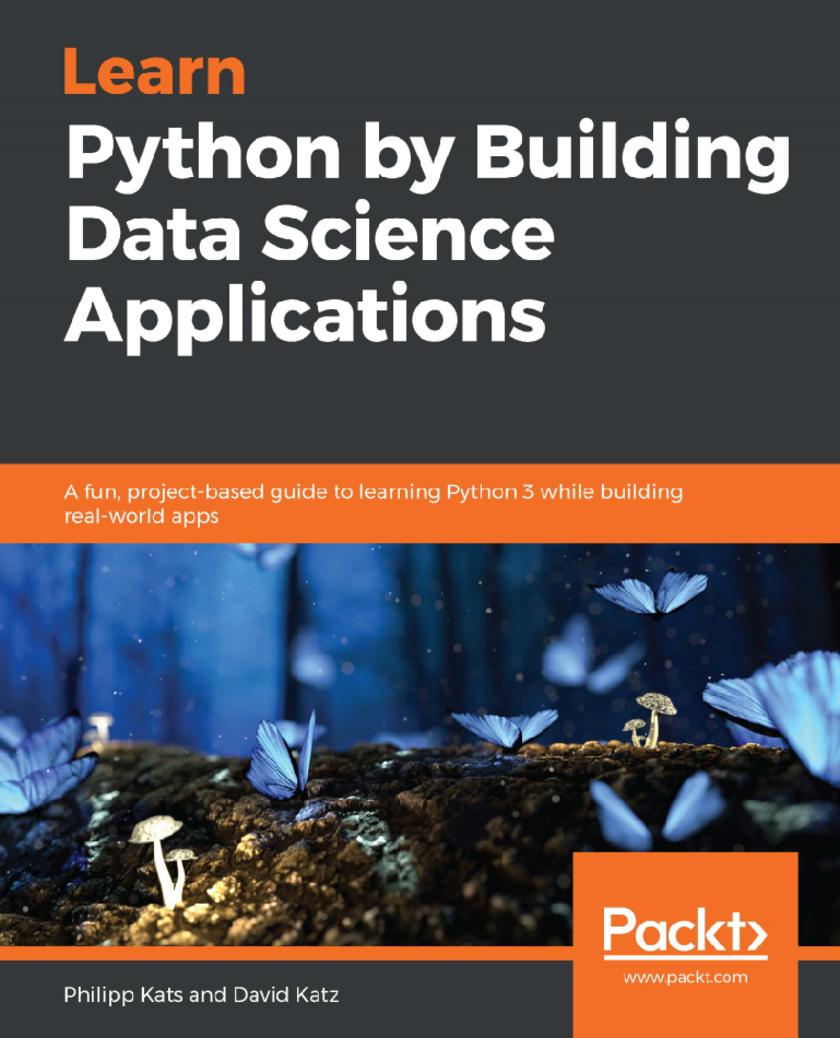
Learn Python by Building Data Science Applications
¥63.21
Understand the constructs of the Python programming language and use them to build data science projects Key Features * Learn the basics of developing applications with Python and deploy your first data application * Take your first steps in Python programming by understanding and using data structures, variables, and loops * Delve into Jupyter, NumPy, Pandas, SciPy, and sklearn to explore the data science ecosystem in Python Book Description Python is the most widely used programming language for building data science applications. Complete with step-by-step instructions, this book contains easy-to-follow tutorials to help you learn Python and develop real-world data science projects. The “secret sauce” of the book is its curated list of topics and solutions, put together using a range of real-world projects, covering initial data collection, data analysis, and production. This Python book starts by taking you through the basics of programming, right from variables and data types to classes and functions. You’ll learn how to write idiomatic code and test and debug it, and discover how you can create packages or use the range of built-in ones. You’ll also be introduced to the extensive ecosystem of Python data science packages, including NumPy, Pandas, scikit-learn, Altair, and Datashader. Furthermore, you’ll be able to perform data analysis, train models, and interpret and communicate the results. Finally, you’ll get to grips with structuring and scheduling scripts using Luigi and sharing your machine learning models with the world as a microservice. By the end of the book, you’ll have learned not only how to implement Python in data science projects, but also how to maintain and design them to meet high programming standards. What you will learn * Code in Python using Jupyter and VS Code * Explore the basics of coding – loops, variables, functions, and classes * Deploy continuous integration with Git, Bash, and DVC * Get to grips with Pandas, NumPy, and scikit-learn * Perform data visualization with Matplotlib, Altair, and Datashader * Create a package out of your code using poetry and test it with PyTest * Make your machine learning model accessible to anyone with the web API Who this book is for If you want to learn Python or data science in a fun and engaging way, this book is for you. You’ll also find this book useful if you’re a high school student, researcher, analyst, or anyone with little or no coding experience with an interest in the subject and courage to learn, fail, and learn from failing. A basic understanding of how computers work will be useful.
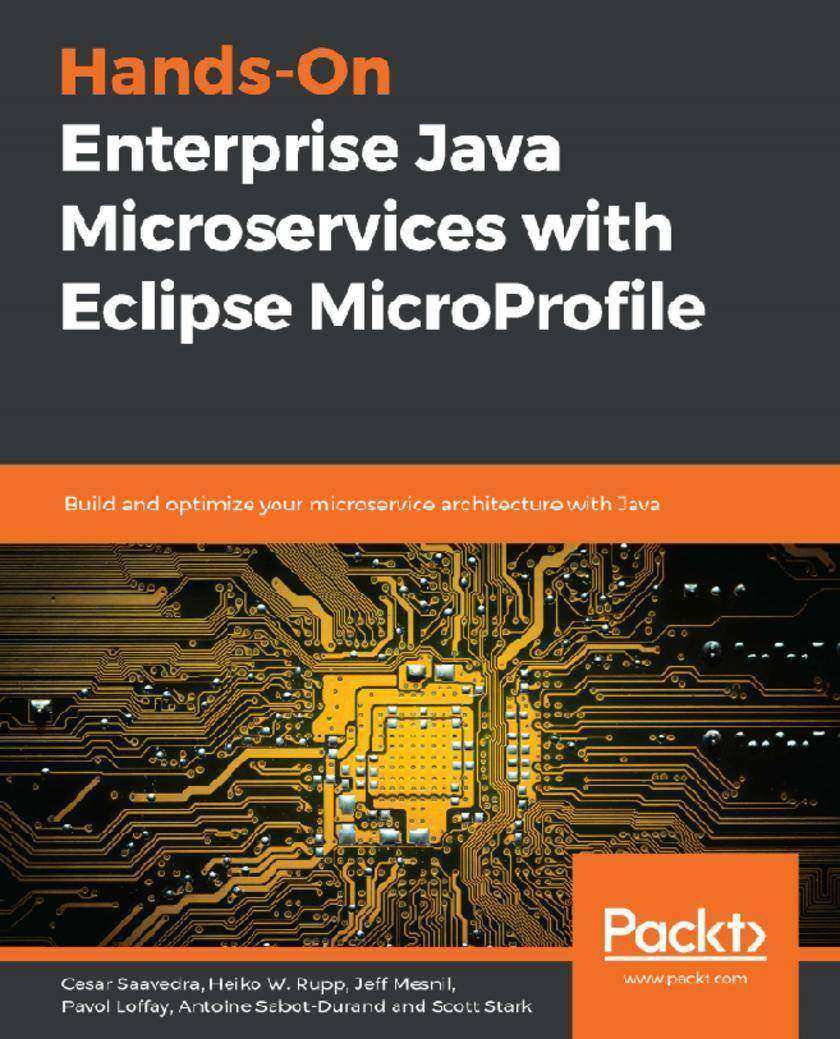
Hands-On Enterprise Java Microservices with Eclipse MicroProfile
¥63.21
An effective guide to designing, building, and deploying enterprise Java microservices with Eclipse MicroProfile Key Features * Create cloud-native microservices with ease using this detailed guide * Avoid vendor lock-in when implementing microservices using Eclipse MicroProfile * Discover why MicroProfile is a great specification for building microservices in multi-cloud environments Book Description Eclipse MicroProfile has gained momentum in the industry as a multi-vendor, interoperable, community-driven specification. It is a major disruptor that allows organizations with large investments in enterprise Java to move to microservices without spending a lot on retraining their workforce. This book is based on MicroProfile 2.2, however, it will guide you in running your applications in MicroProfile 3.0. You'll start by understanding why microservices are important in the digital economy and how MicroProfile addresses the need for enterprise Java microservices. You'll learn about the subprojects that make up a MicroProfile, its value proposition to organizations and developers, and its processes and governance. As you advance, the book takes you through the capabilities and code examples of MicroProfile’s subprojects - Config, Fault Tolerance, Health Check, JWT Propagation, Metrics, and OpenTracing. Finally, you’ll be guided in developing a conference application using Eclipse MicroProfile, and explore possible scenarios of what’s next in MicroProfile with Jakarta EE. By the end of this book, you'll have gained a clear understanding of Eclipse MicroProfile and its role in enterprise Java microservices. What you will learn * Understand why microservices are important in the digital economy * Analyze how MicroProfile addresses the need for enterprise Java microservices * Test and secure your applications with Eclipse MicroProfile * Get to grips with various MicroProfile capabilities such as OpenAPI and Typesafe REST Client * Explore reactive programming with MicroProfile Stream and Messaging candidate APIs * Discover and implement coding best practices using MicroProfile Who this book is for If you’re a Java developer who wants to create enterprise microservices, this book is for you. Familiarity with Java EE and the concept of microservices will help you get the most out of this book.
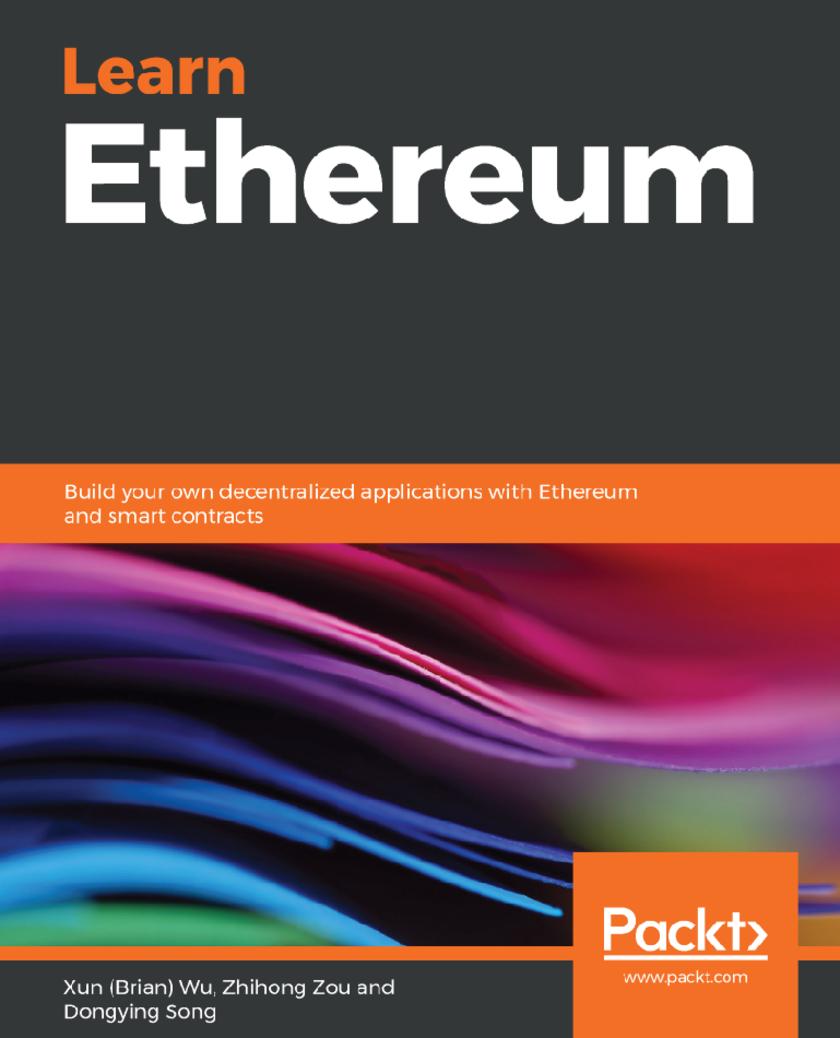
Learn Ethereum
¥63.21
Explore the blockchain-based decentralized platform and understand how Ethereum works with Dapps examples Key Features * Explore the Ethereum ecosystem and understand the latest research on the platform * Build decentralized apps (Dapps) using smart contracts and Ethereum with the help of practical examples * Learn to make your decentralized applications fast and highly secure Book Description Ethereum is a blockchain-based, decentralized computing platform that allows running smart contracts. This book provides a basic overview of how Ethereum works, its ecosystem, mining process, and the consensus mechanism. It also demonstrates a step-by-step approach for building decentralized applications. This book begins with the very basics of Blockchain technology. Then it dives deep into the Ethereum architecture, framework and tools in its ecosystem. It also provides you an overview of ongoing research on Ethereum, for example, Layer 1 and 2 scaling solution, Stablecoin, ICO/STO/IEO, etc. Next, it explains Solidity language in detail, and provides step-by-step instructions for designing, developing, testing, deploying, and monitoring decentralized applications. In addition, you’ll learn how to use Truffle, Remix, Infura, Metamask, and many other Ethereum technologies. It’ll also help you develop your own cryptocurrency by creating ERC20, and ERC721 smart contracts from scratch. Finally, we explain private blockchains, and you learn how to interact with smart contracts through wallets. What you will learn * Understand the concepts of blockchain and cryptocurrency * Master Ethereum development tools such as Truffle, Remix IDE and Infura * Delve into smart contract development * Develop DApps frontend using Node.js, React.js, and Web3js API * Learn Etherscan and other tools to secure and monitor smart contracts * Develop and debug smart contracts by working with Remix * Apply Truffle suite to compile, migrate, and unit test smart contracts * Explore smart contracts such as ERC20 token and decentralized digital market Who this book is for This book is for all developers and architects who want to explore Ethereum blockchain fundamentals and get started with building real-world decentralized applications. Knowledge of an object-oriented programming language such as JavaScript will be useful but not mandatory.
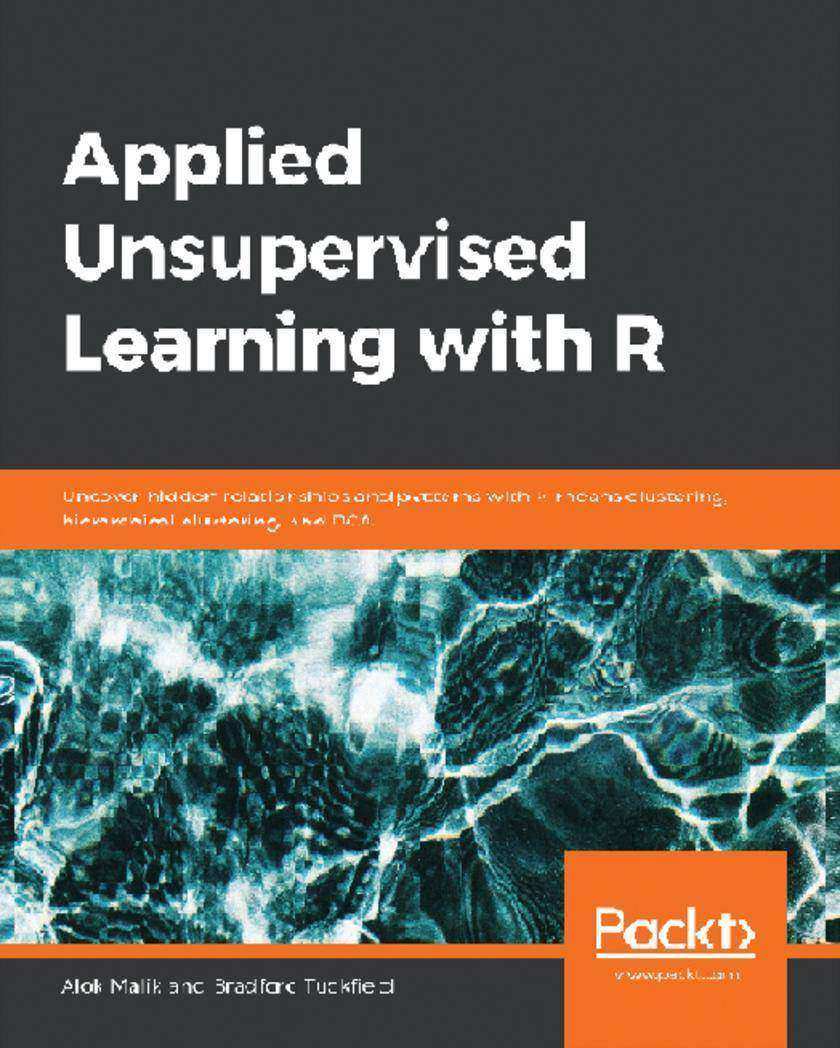
Applied Unsupervised Learning with R
¥63.21
Design clever algorithms that discover hidden patterns and draw responses from unstructured, unlabeled data. Key Features * Build state-of-the-art algorithms that can solve your business' problems * Learn how to find hidden patterns in your data * Revise key concepts with hands-on exercises using real-world datasets Book Description Starting with the basics, Applied Unsupervised Learning with R explains clustering methods, distribution analysis, data encoders, and features of R that enable you to understand your data better and get answers to your most pressing business questions. This book begins with the most important and commonly used method for unsupervised learning - clustering - and explains the three main clustering algorithms - k-means, divisive, and agglomerative. Following this, you'll study market basket analysis, kernel density estimation, principal component analysis, and anomaly detection. You'll be introduced to these methods using code written in R, with further instructions on how to work with, edit, and improve R code. To help you gain a practical understanding, the book also features useful tips on applying these methods to real business problems, including market segmentation and fraud detection. By working through interesting activities, you'll explore data encoders and latent variable models. By the end of this book, you will have a better understanding of different anomaly detection methods, such as outlier detection, Mahalanobis distances, and contextual and collective anomaly detection. What you will learn * Implement clustering methods such as k-means, agglomerative, and divisive * Write code in R to analyze market segmentation and consumer behavior * Estimate distribution and probabilities of different outcomes * Implement dimension reduction using principal component analysis * Apply anomaly detection methods to identify fraud * Design algorithms with R and learn how to edit or improve code Who this book is for Applied Unsupervised Learning with R is designed for business professionals who want to learn about methods to understand their data better, and developers who have an interest in unsupervised learning. Although the book is for beginners, it will be beneficial to have some basic, beginner-level familiarity with R. This includes an understanding of how to open the R console, how to read data, and how to create a loop. To easily understand the concepts of this book, you should also know basic mathematical concepts, including exponents, square roots, means, and medians.
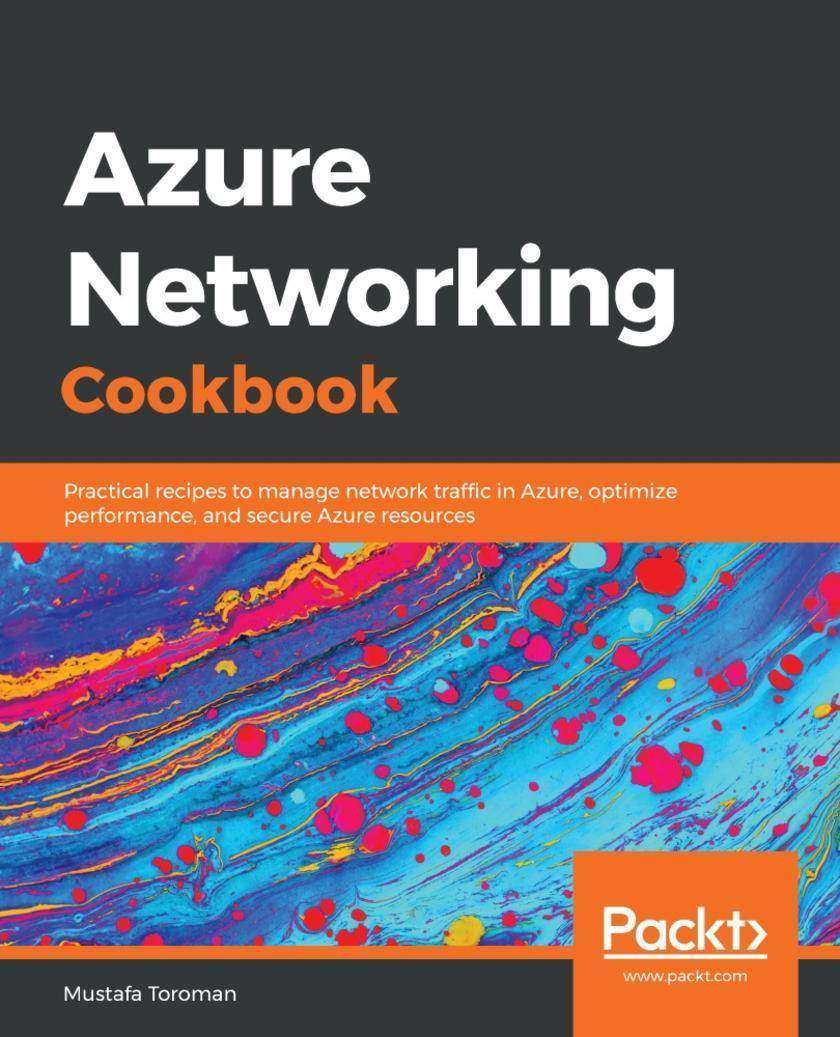
Azure Networking Cookbook
¥63.21
Learn to distribute network traffic, optimize application delivery, and defend network-level threats. Key Features * Quickly get up and running with Azure networking solutions * Level-up your cloud networking skills by planning, implementing, configuring, and securing your infrastructure network with Azure * Leverage Azure networking services to provide applications highly available and fault tolerant environment Book Description Microsoft provides organizations with an effective way of managing their network with Azure's networking services. No matter the size of your organization, Azure provides a way to highly reliable performance and secure connectivity with its networking services. The book starts with an introduction to the Azure networking like creating Azure virtual networks, designing address spaces and subnets. Then you will learn to create and manage network security groups, application security groups, and IP addresses in Azure. Gradually, we move on to various aspects like S2S, P2S, and Vnet2Vnet connections, DNS and routing, load balancers and traffic manager. This book will cover every aspect and function required to deliver practical recipes to help readers learn from basic cloud networking practices to planning, implementing, and securing their infrastructure network with Azure. Readers will not only be able to upscale their current environment but will also learn to monitor, diagnose, and ensure secure connectivity. After learning to deliver a robust environment readers will also gain meaningful insights from recipes on best practices. By the end of this book, readers will gain hands-on experience in providing cost-effective solutions that benefit organizations. What you will learn * Learn to create Azure networking services * Understand how to create and work on hybrid connections * Configure and manage Azure network services * Learn ways to design high availability network solutions in Azure * Discover how to monitor and troubleshoot Azure network resources * Learn different methods of connecting local networks to Azure virtual networks Who this book is for This book is targeted towards cloud architects, cloud solution providers, or any stakeholders dealing with networking on the Azure cloud. Some prior understanding of Microsoft Azure will be a plus point.
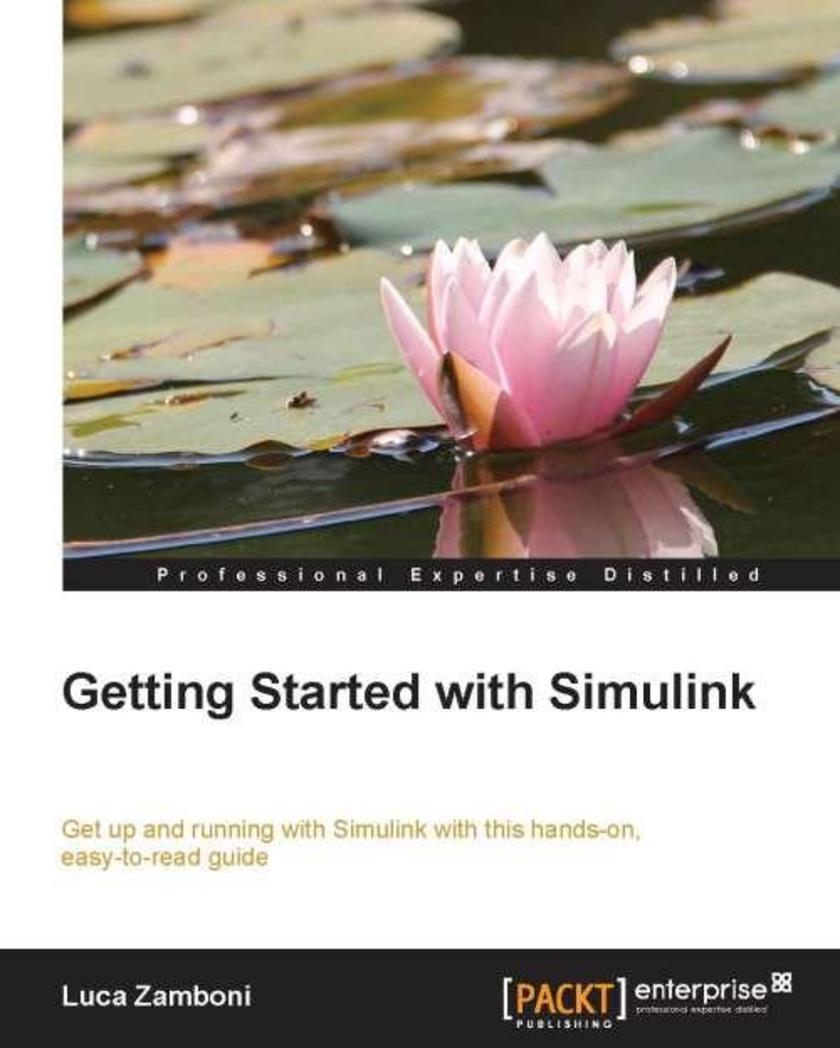
Getting started with Simulink
¥63.21
This practical and easy-to-understand learning tutorial is one big exciting exercise for students and engineers that are always short on their schedules and want to regain some lost time with the help of Simulink.This book is aimed at students and engineers who need a quick start with Simulink. Though it's not required in order to understand how Simulink works, knowledge of physics will help the reader to understand the exercises described.
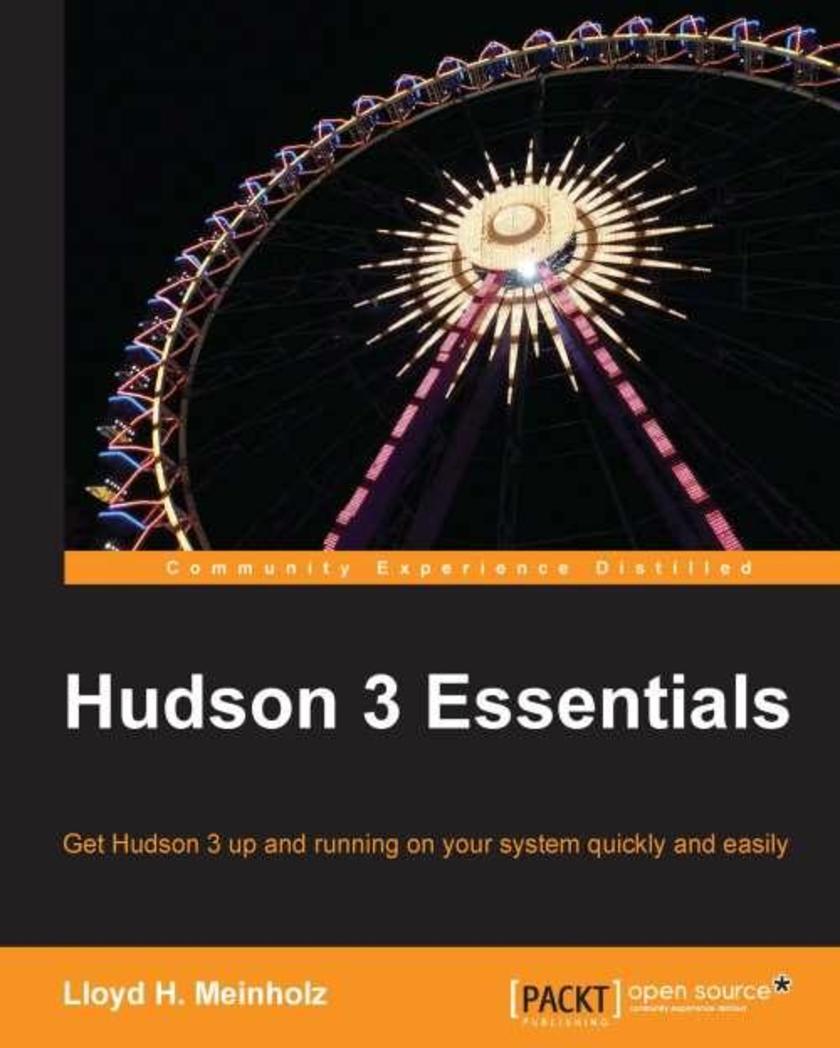
Hudson 3 Essentials
¥63.21
A practical guide, packed with illustrations, that will help you become proficient with Hudson and able to utilize it how you want.If you are a Java developer or administrator who would to like automate some of the mundane work required to build and test software and improve software quality, this is the book for you. If you are a development manager or tester, you can also benefit from learning how Hudson works by gaining some insight into test results and historical trends.
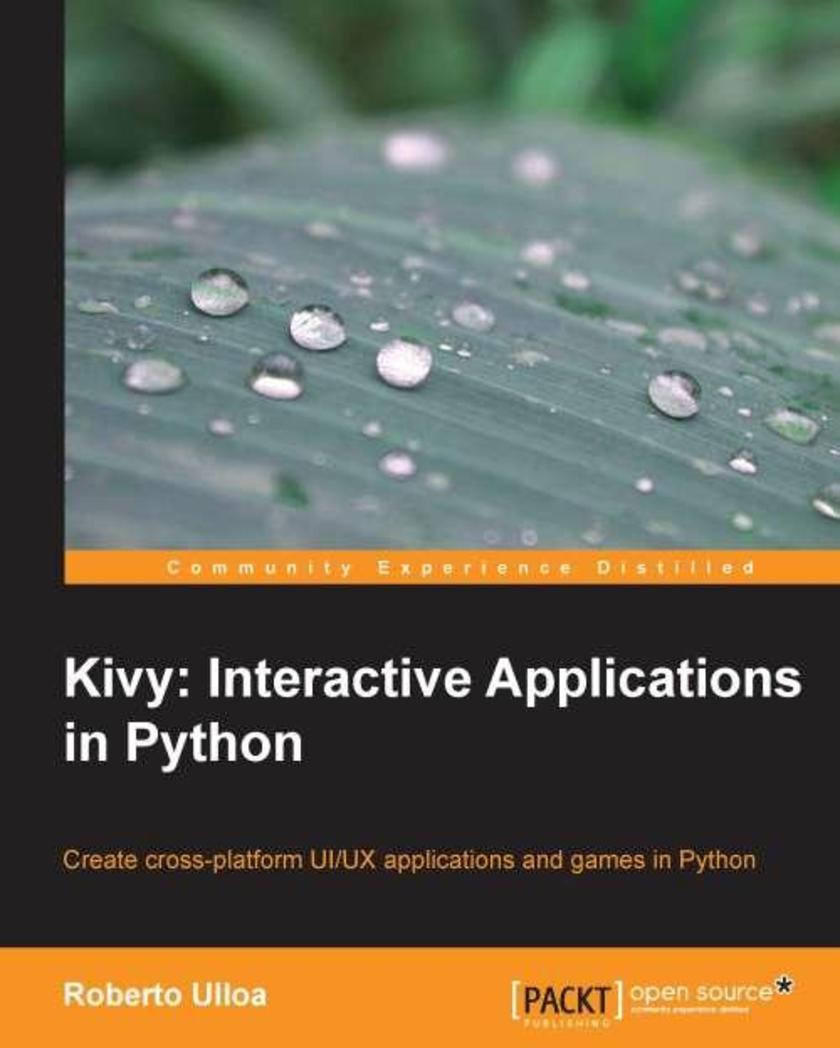
Getting Started with Kivy
¥63.21
into the world of Kivy.This book is aimed at Python developers who are familiar with Python and have a good understanding of concepts like inheritance, classes, and instances. No previous experience of Kivy is required, though some knowledge of event handling, scheduling, and user interfaces, in general, would boost your learning.
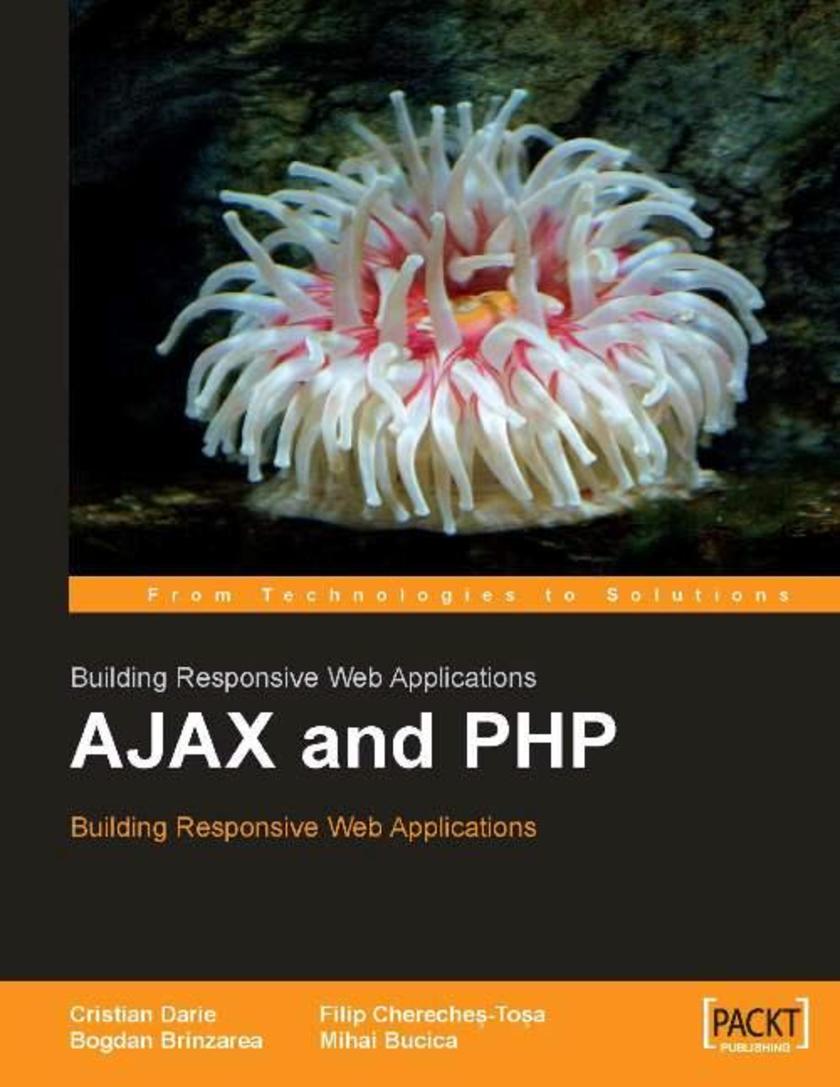
AJAX and PHP: Building Responsive Web Applications
¥63.21
This book is for web developers willing to build better web applications. A basic knowledge of PHP, XML, JavaScript and MySQL, or a strong will to learn-as-you-type, is assumed.
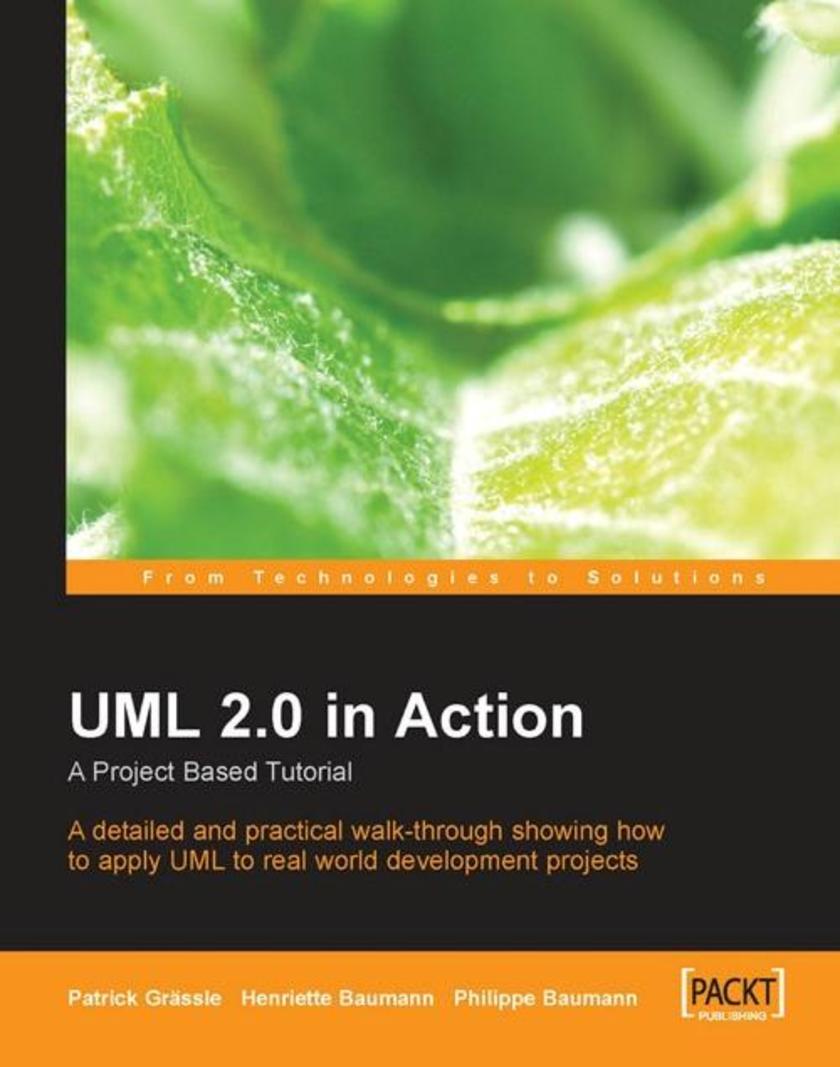
UML 2.0 in Action: A project-based tutorial
¥63.21
The book is uniquely practical. A richly textured case study is used throughout the book. Although some aspects of the Airport Passenger Services business process are simplified for sake of clarity and efficiency, it provides a comprehensive practical grounding for theoretical UML knowledge. The case study itself was developed in partnership with employees of Zurich Airport. The book was written for business analysts, technical architects and developers. It does not require detailed programming knowledge, nor is prior experience of UML mandatory. It shows how, with UML, simple models of business processes and specification models can be created and read with little effort.
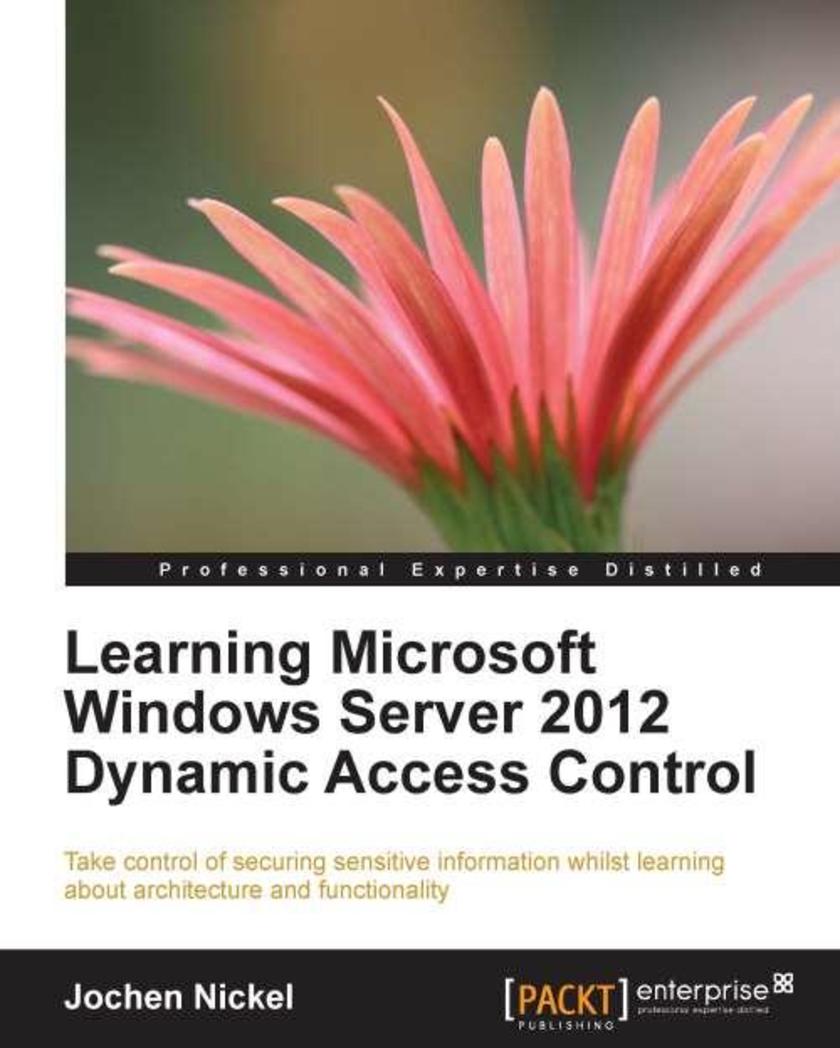
Learning Microsoft Windows Server 2012 Dynamic Access Control
¥63.21
This practical tutorial-based book is filled with information about the architecture, functionality, and extensions of Microsoft Windows Server 2012 Dynamic Access Control.If you are an IT consultant/architect, system engineer, system administrator, or security engineers planning to implement Dynamic Access Control in your organization, or have already implemented it and want to discover more about the abilities and how to use them effectively, this book will be an essential resource. You should have some understanding of security solutions, Active Directory, Access Privileges/ Rights and Authentication methods, and a fundamental understanding of Microsoft technologies. Programming knowledge is not required but can be helpful for using PowerShell or the APIs to customize your solution.
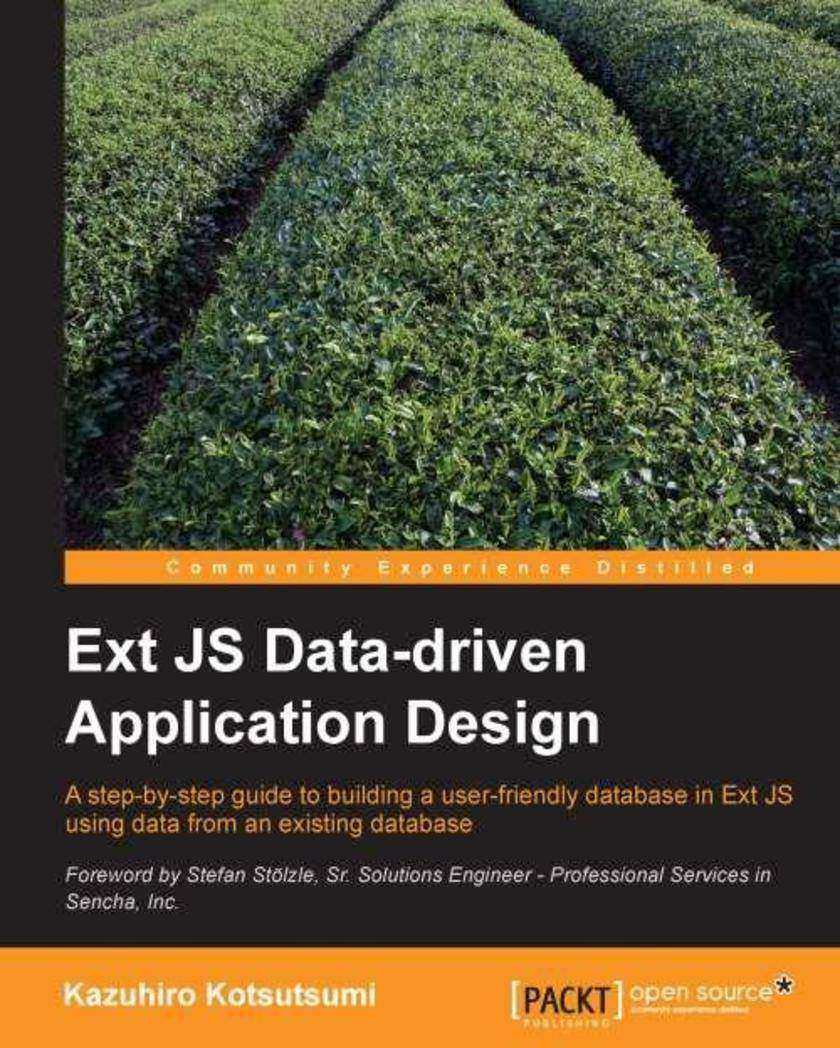
Ext JS Data-Driven Application Design
¥63.21
An in-depth tutorial that teaches you the basics of data-driven applications, and how to design and implement them using Ext JS.If you are an intermediate in Sencha Ext JS, "Ext JS Data-Driven Application Design" is the tutorial for you. You need to be familiar with JavaScript and have basic operational knowledge of MySQL. If you want to be able to systematically construct an application from the first step to implementation, this book will be useful for you.

Discovering Business Intelligence using MicroStrategy 9
¥63.21
This is a step-by-step tutorial that covers the basics of working with the MicroStrategy platform.If you are a BI developer who would like to use MicroStrategy to build BI apps, this book is ideal for you. This book is also for mid-management executives who need to analyze data and Excel files that are too complicated to manage. A basic concept of BI is assumed.
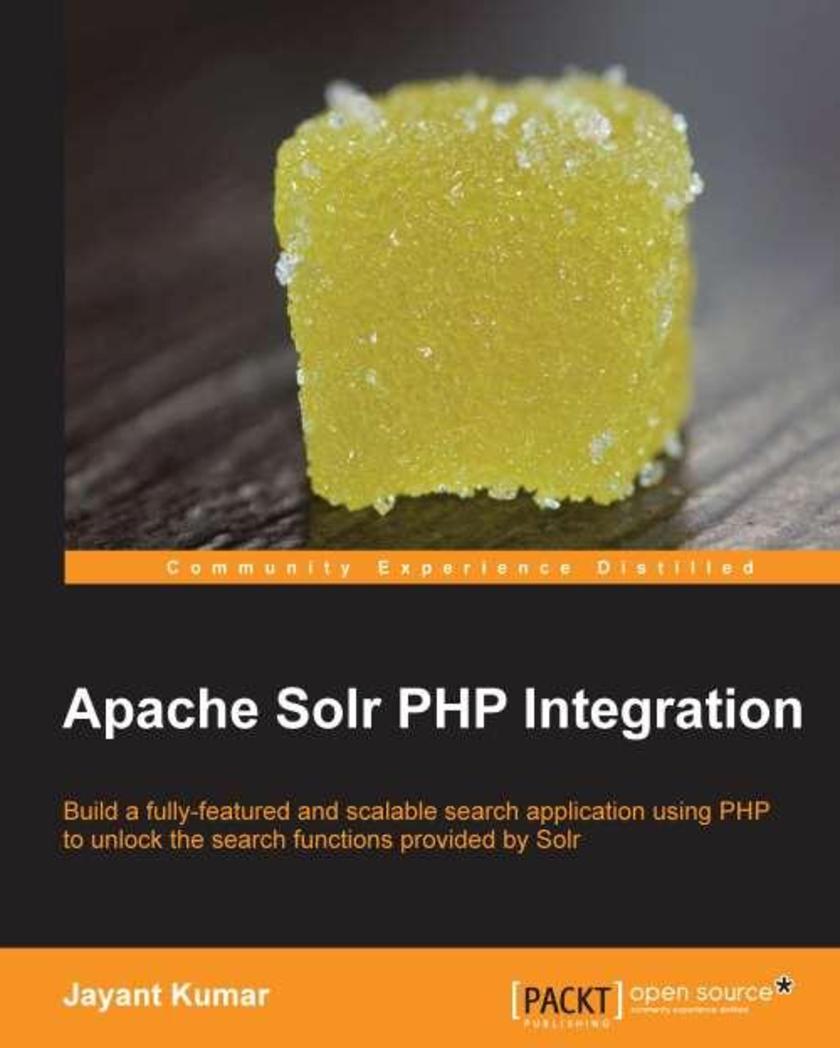
Apache Solr PHP Integration
¥63.21
This book is full of step-by-step example-oriented tutorials which will show readers how to integrate Solr in PHP applications using the available libraries, and boost the inherent search facilities that Solr offers.If you are a developer who knows PHP and is interested in integrating search into your applications, this is the book for you. No advanced knowledge of Solr is required. Very basic knowledge of system commands and the command-line interface on both Linux and Windows is required. You should also be familiar with the concept of Web servers.
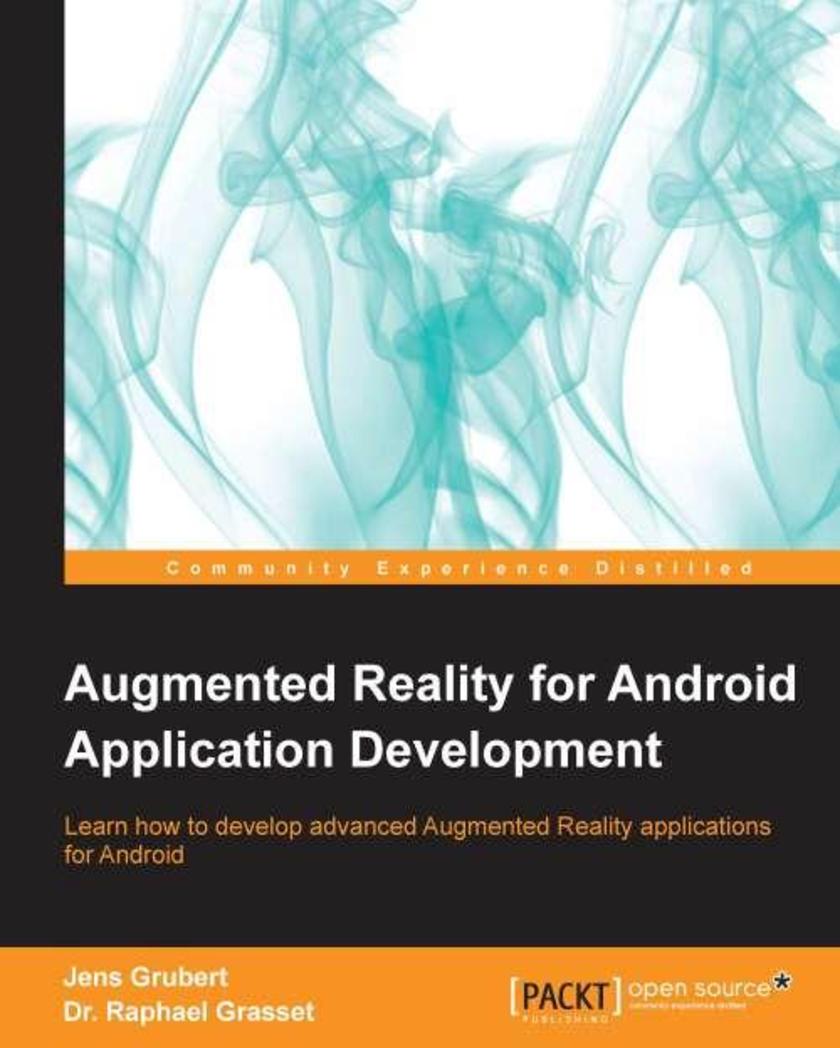
Augmented Reality for Android Application Development
¥63.21
A step-by-step tutorial-based guide aimed at giving you hands-on practical experience to develop AR applications for Android.Augmented Reality for Android Application Development is for Android mobile application developers who are familiar with Android Development Tools and deployment, JMonkeyEngine, and the Vuforia SDK.
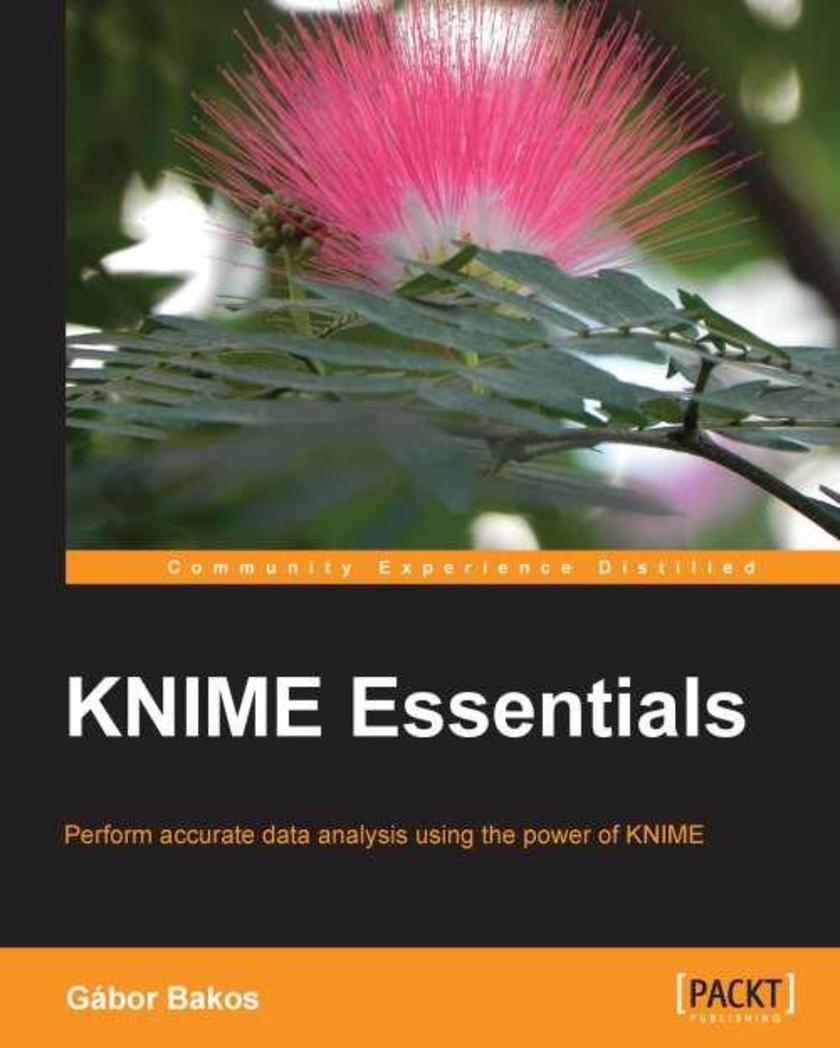
KNIME Essentials
¥63.21
KNIME Essentials is a practical guide aimed at getting the results you want, as quickly as possible."Knime Essentials" is written for data analysts looking to quickly get up to speed using the market leader in data processing tools, KNIME. No knowledge of KNIME is required, but we will assume that you have some background in data processing.
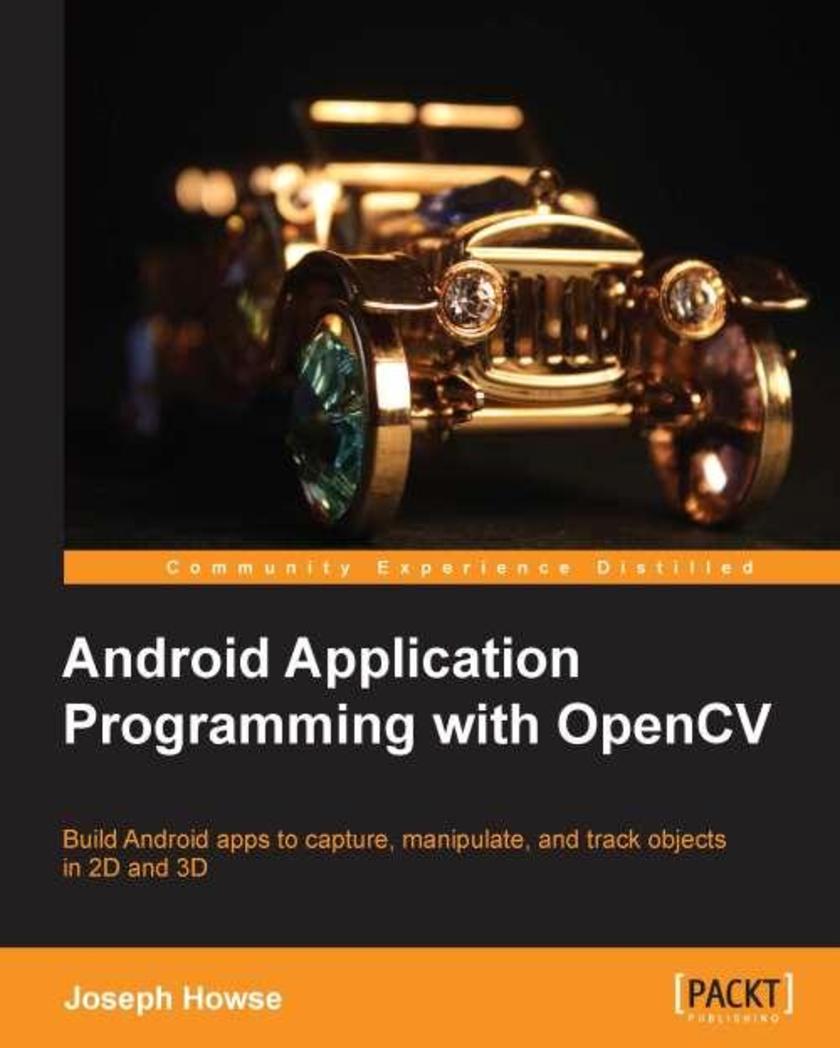
OpenCV Android Application Programming
¥63.21
A step-by-step tutorial to help you master computer vision and mobile app development.This book is for Java developers who are new to computer vision and who would like to learn about how it is used in relation to application development. It is assumed that you have previous experience in Java, but not necessarily Android. A basic understanding of image data (for example pixels and color channels) would be helpful too. You are expected to have a mobile device running Android 2.2 (Froyo) or greater and it must have a camera
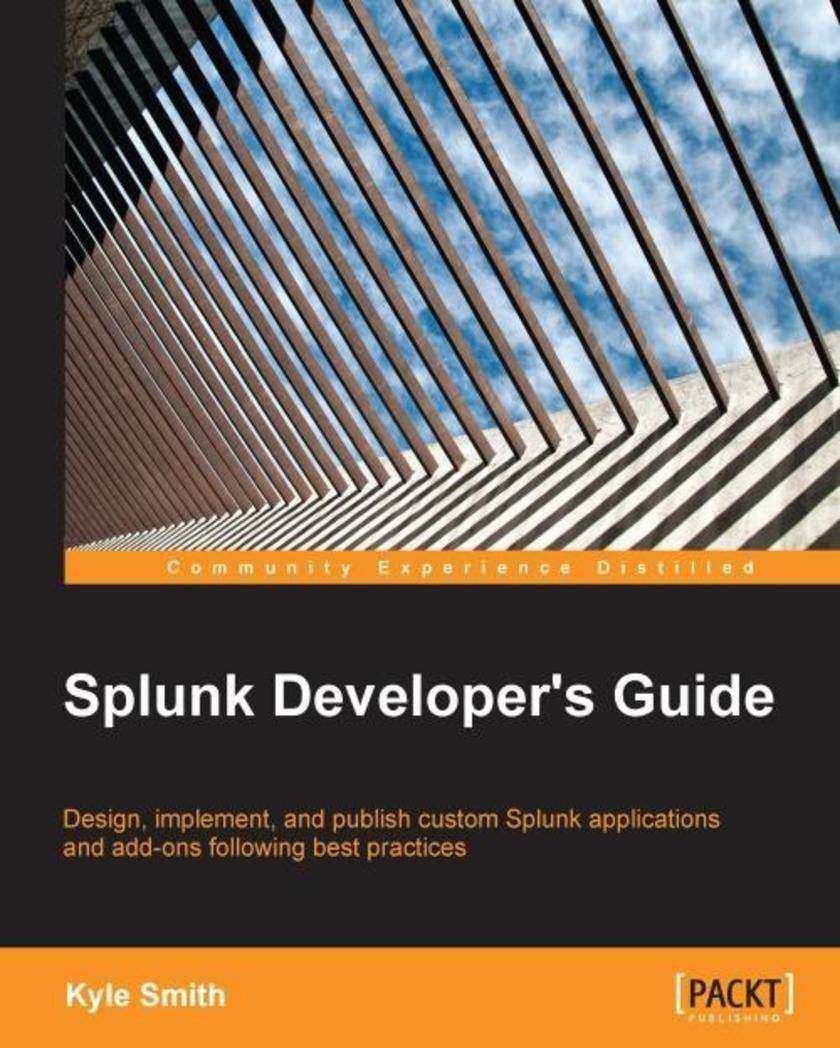
Splunk Developer's Guide
¥63.21
If you are a Splunk user and want to enter the wonderful world of Splunk application development, then this book is for you. Some experience with Splunk, writing searches, and designing basic dashboards is expected.




 购物车
购物车 个人中心
个人中心



